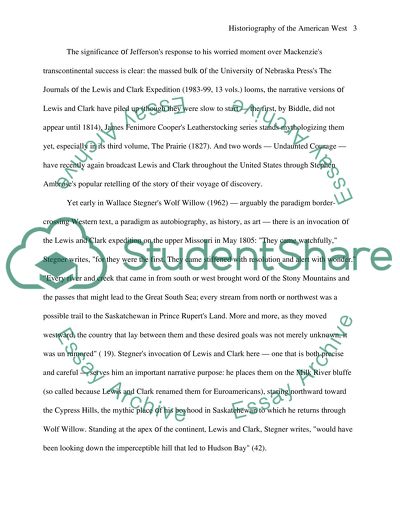Cite this document
(“Historigraphy of the American West Essay Example | Topics and Well Written Essays - 2500 words”, n.d.)
Historigraphy of the American West Essay Example | Topics and Well Written Essays - 2500 words. Retrieved from https://studentshare.org/miscellaneous/1507551-historigraphy-of-the-american-west
Historigraphy of the American West Essay Example | Topics and Well Written Essays - 2500 words. Retrieved from https://studentshare.org/miscellaneous/1507551-historigraphy-of-the-american-west
(Historigraphy of the American West Essay Example | Topics and Well Written Essays - 2500 Words)
Historigraphy of the American West Essay Example | Topics and Well Written Essays - 2500 Words. https://studentshare.org/miscellaneous/1507551-historigraphy-of-the-american-west.
Historigraphy of the American West Essay Example | Topics and Well Written Essays - 2500 Words. https://studentshare.org/miscellaneous/1507551-historigraphy-of-the-american-west.
“Historigraphy of the American West Essay Example | Topics and Well Written Essays - 2500 Words”, n.d. https://studentshare.org/miscellaneous/1507551-historigraphy-of-the-american-west.


